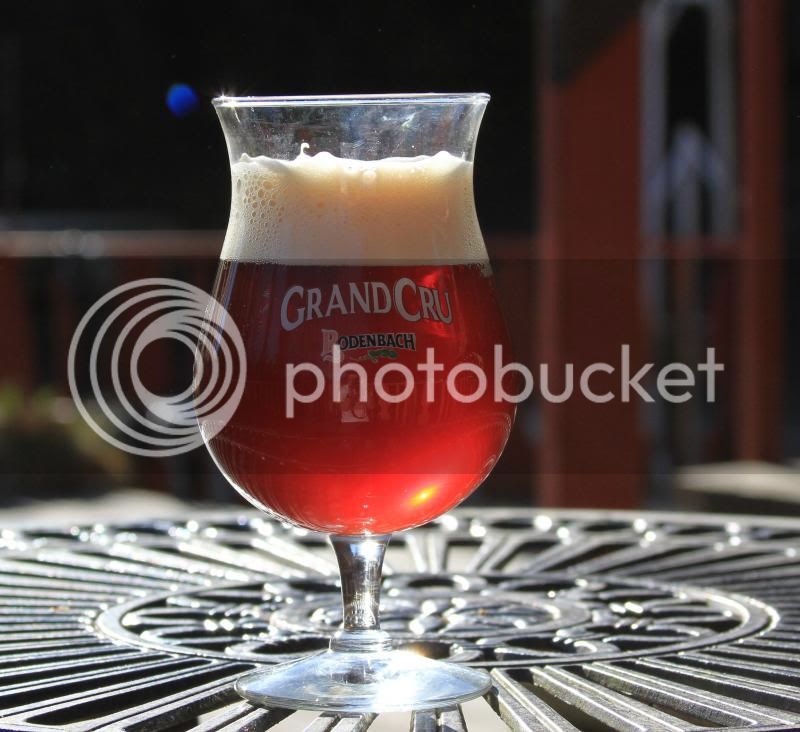Rodenbach Clone

--------------------------
Boil Size: 12.57 gal
Post Boil Volume: 11.44 gal
Batch Size (fermenter): 10.00 gal
Bottling Volume: 10.31 gal
Estimated OG: 1.054 SG
Estimated Color: 22.6 SRM
Estimated IBU: 33.9 IBUs
Brewhouse Efficiency: 72.00 %
Est Mash Efficiency: 79.2 %
Boil Time: 60 Minutes
Ingredients:
------------
Amt Name Type # %/IBU
2.00 tsp Gypsum (Calcium Sulfate) (Mash 60.0 mins Water Agent 1 -
11 lbs Pale Malt (2 Row) US (2.0 SRM) Grain 2 52.4 %
3 lbs Aromatic Malt (26.0 SRM) Grain 3 14.3 %
3 lbs Wheat Malt, Bel (2.0 SRM) Grain 4 14.3 %
2 lbs Caramunich Malt (56.0 SRM) Grain 5 9.5 %
2 lbs Special B Malt (180.0 SRM) Grain 6 9.5 %
1.00 oz Hallertauer Hersbrucker [4.00 %] - Boil Hop 7 6.4 IBUs
1.00 oz Spalter [4.50 %] - Boil 60.0 min Hop 8 8.0 IBUs
3.00 oz Saaz [4.00 %] - Boil 45.0 min Hop 9 19.5 IBUs
1.0 pkg Roselare Belgian Blend (Wyeast Labs #376 Yeast 10 -
Mash Schedule: Single Infusion, Light Body, No Mash Out
Total Grain Weight: 21 lbs
----------------------------
Name Description Step Temperat Step Time
Mash In Add 31.13 qt of water at 171.7 F 154.0 F 75 min
Sparge: Fly sparge with 8.11 gal water at 170.0 F
Notes:
------
1 oz American oak chips added to secondary and allowed to continue fermentation for another 30 days.
I stepped up the single package of Roeselare yeast which is against the advise of Wyeast, but whatever. I left this beer sit and age in kegs in the cold, which means outside, for 4 months before I tapped the first keg.
I use rain water here so that is why I need the gypsum in the mash.
I mashed a little on the hot side at 156f, but will drop my mash temp to 152f the next time around, only to see how it affects the body of the beer. But, I really like the mouth feel as this came out. I might also dial back on the hops used a little bit, but this certainly wasn't too bitter. There is a suitable balance between the sourness, bitterness, and sweetness.




